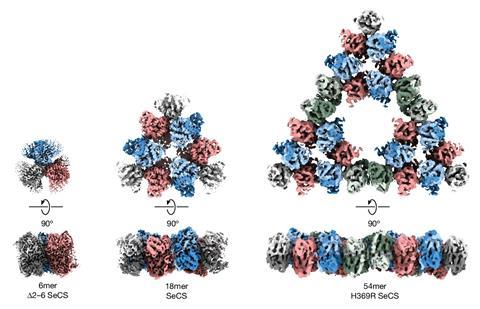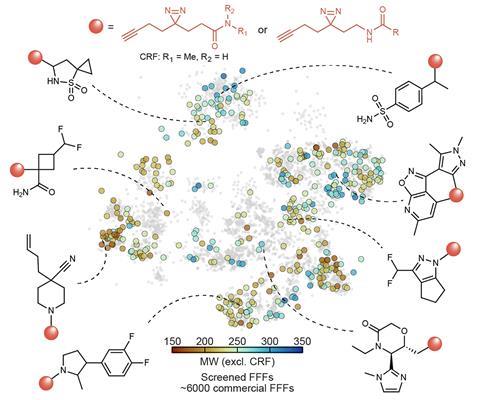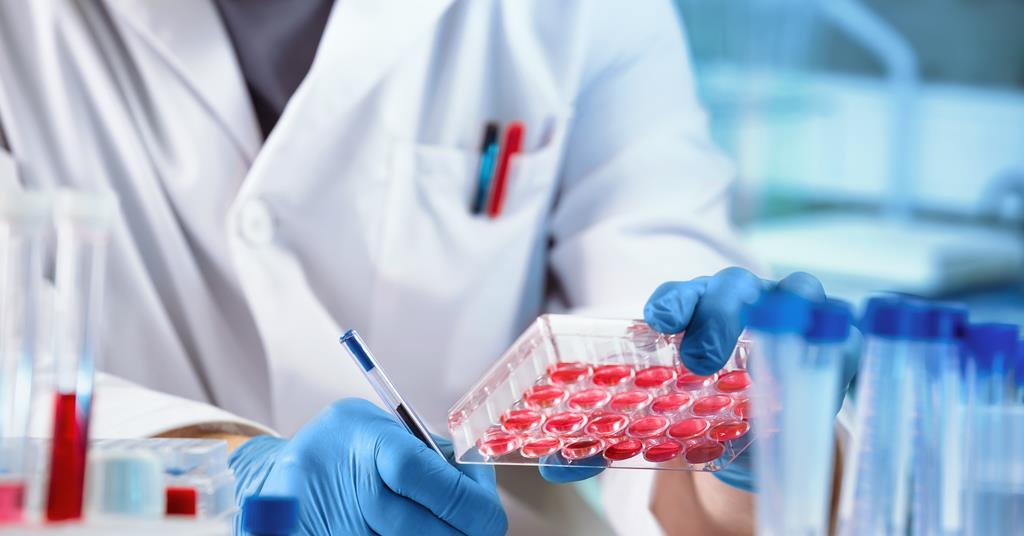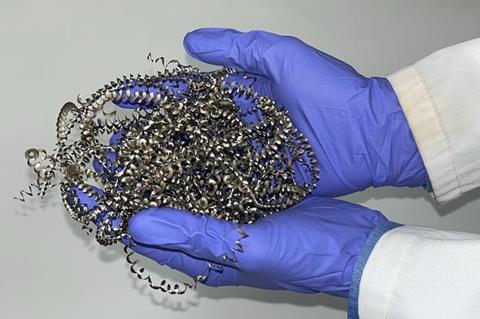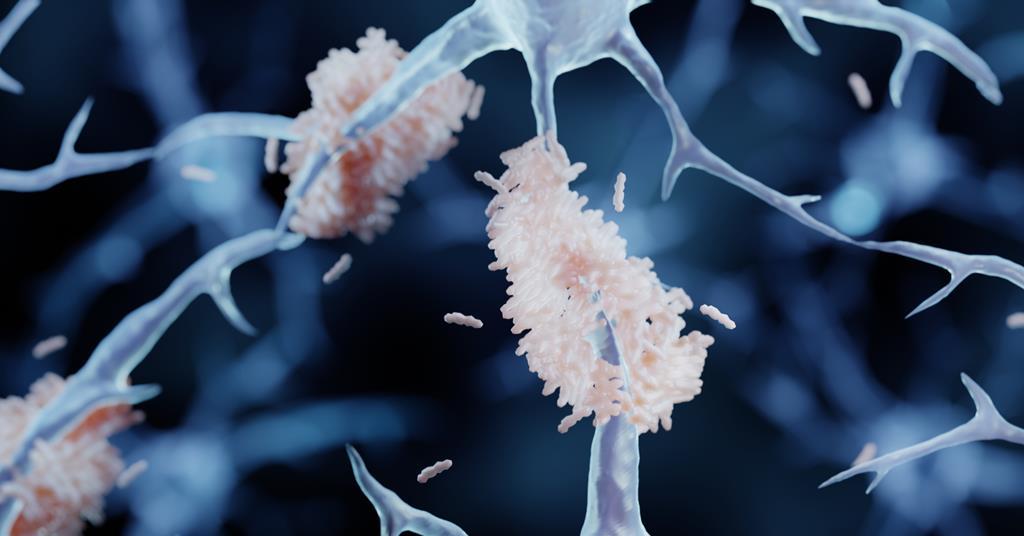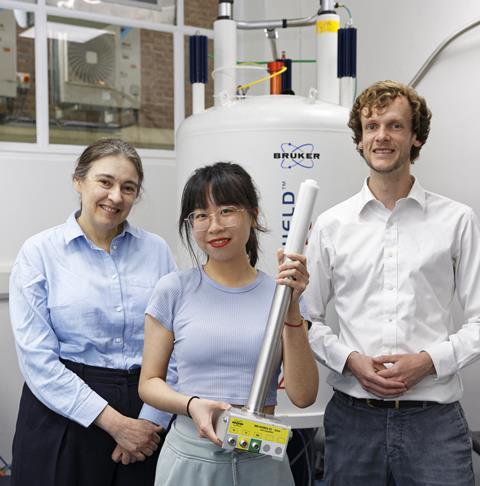The National Institutes for Health (NIH) has announced that it will substantially increase pay for the more than 17,000 early-career researchers supported by the agency’s National Research Service Awards (NRSAs), as well as increasing childcare subsidies. The stipends for predoctoral scholars will rise by approximately 4% to $28,224 (£22,517), and those for postdoctoral scholars will […]
Read More

